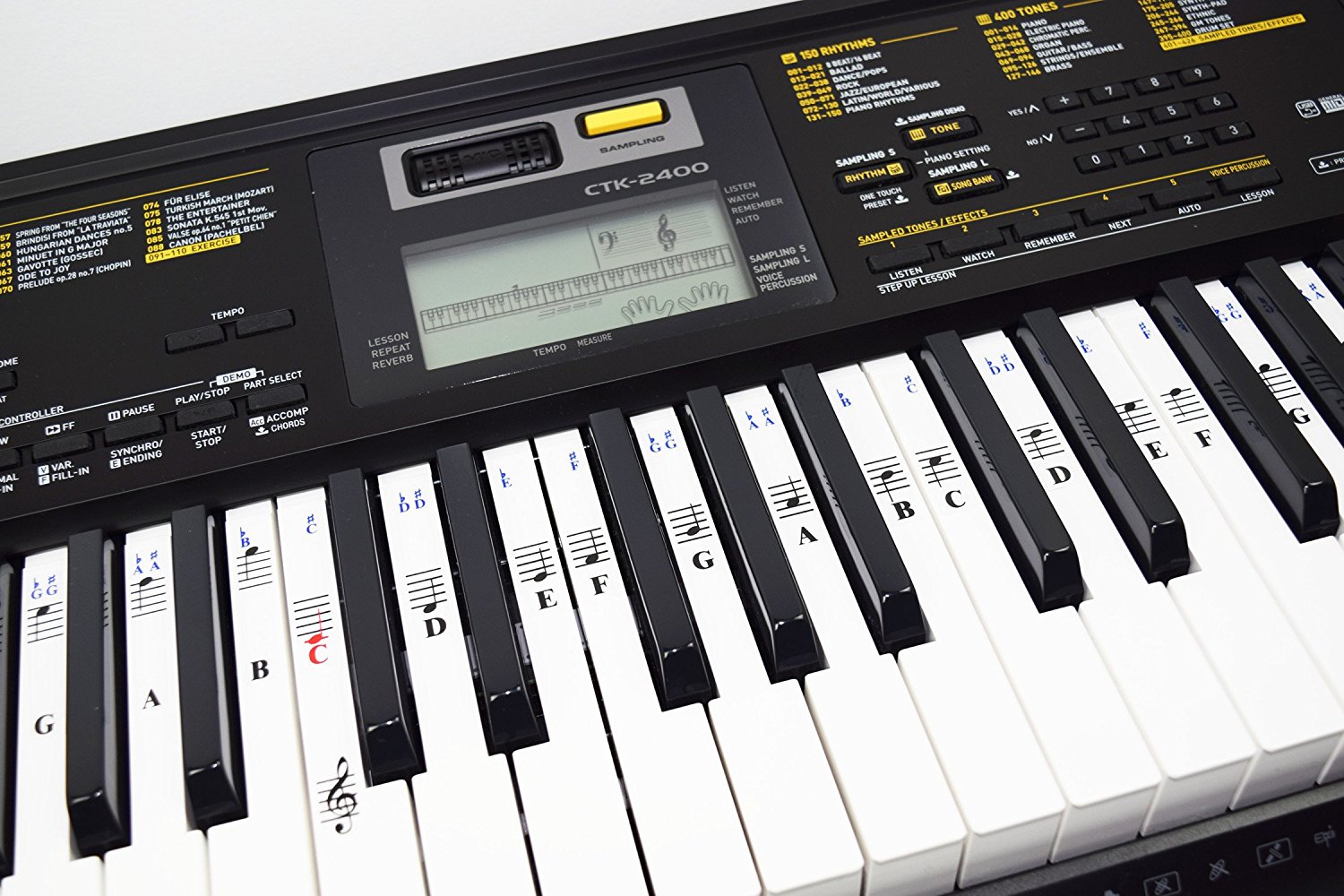

Take a moment and observe their repeating pattern up and down the keyboard. Notice that there are only 7 white notes and five black notes that repeat in a continuous pattern.įocus on the pattern of two back notes (with three white keys underneath) and then three black notes (with four white keys underneath).

And once memorized, it will help you feel very comfortable when you are focused on learning - it's one less thing to think about. What is good for you, though - the key names are VERY easy to rote learn. I place it on the fallboard above middle C. Since the topography of a diff piano can sometimes feel like a different country to some students! I don't place the sticker on the key. This is simply for my students to orient themselves on the piano I teach from at my home. At a certain point, I feel it also impedes natural learning. As others have said, it encourages you to look at the keys rather than the music. I find it only really permissible in the youngest of students (say, ages 4-6) and as a temporary measure only. I encourage my students not to mark the notes on the piano. So if you get started on slowly playing through some extremely simple music (without looking down), you should start to develop these associations pretty quickly which will make learning piano so much easier. In reality, reading music is less about knowing the exact key, but knowing the distance between other notes. For example, if your finger just pressed C and you need to hit F, instead of looking down for note next to the set of 3 black keys, you simply know how much your hand needs to contract or expand to hit that interval. The best way to accomplish that is by trying extremely hard to not look at the keys in situations where you aren't making a large jump. Ideally, you want to see the note on the sheet and instinctually know where it is relative to the last note you pressed.

This is a bit different from typing on a keyboard since you can afford to make some mistakes or slow down, while in piano that tends to ruin whatever you're playing. Unfortunately, they aren't paths that cross again simply without practice of the specific skill, so there's no real point in putting it off in my opinion. It's a bit hard to explain, but there's a pretty big difference between innately knowing the keys and location, versus knowing the keys, but having to use a visual association in order to tell what they are. If you can avoid it, it will make sightreading so much easier when you don't even have the temptation to look down unless absolutely necessary. One of the worst habits to develop is looking down at the keys when you are playing.


 0 kommentar(er)
0 kommentar(er)
